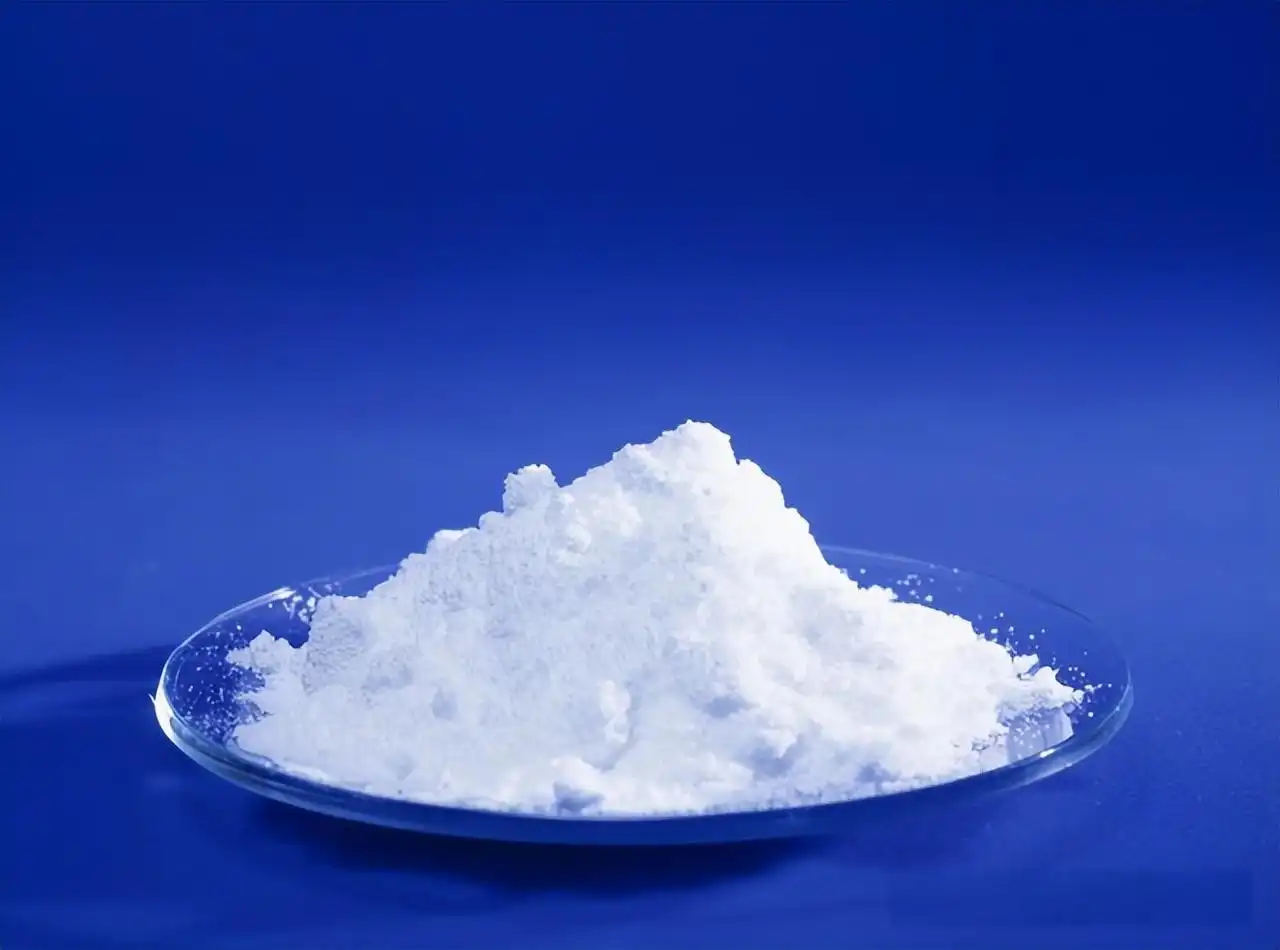- English
- French
- German
- Portuguese
- Spanish
- Russian
- Japanese
- Korean
- Arabic
- Greek
- German
- Turkish
- Italian
- Danish
- Romanian
- Indonesian
- Czech
- Afrikaans
- Swedish
- Polish
- Basque
- Catalan
- Esperanto
- Hindi
- Lao
- Albanian
- Amharic
- Armenian
- Azerbaijani
- Belarusian
- Bengali
- Bosnian
- Bulgarian
- Cebuano
- Chichewa
- Corsican
- Croatian
- Dutch
- Estonian
- Filipino
- Finnish
- Frisian
- Galician
- Georgian
- Gujarati
- Haitian
- Hausa
- Hawaiian
- Hebrew
- Hmong
- Hungarian
- Icelandic
- Igbo
- Javanese
- Kannada
- Kazakh
- Khmer
- Kurdish
- Kyrgyz
- Latin
- Latvian
- Lithuanian
- Luxembou..
- Macedonian
- Malagasy
- Malay
- Malayalam
- Maltese
- Maori
- Marathi
- Mongolian
- Burmese
- Nepali
- Norwegian
- Pashto
- Persian
- Punjabi
- Serbian
- Sesotho
- Sinhala
- Slovak
- Slovenian
- Somali
- Samoan
- Scots Gaelic
- Shona
- Sindhi
- Sundanese
- Swahili
- Tajik
- Tamil
- Telugu
- Thai
- Ukrainian
- Urdu
- Uzbek
- Vietnamese
- Welsh
- Xhosa
- Yiddish
- Yoruba
- Zulu
Are Wood Sterols the Same as Plant Sterols?
When exploring the world of natural compounds with health benefits, you may encounter terms like "wood sterols" and "plant sterols." These substances have gained attention for their potential health advantages, particularly in managing cholesterol levels. But are wood sterols the same as plant sterols? This comprehensive guide will clarify the relationship between these compounds, their sources, and their benefits.
What are the differences between wood sterols and plant sterols?
Origin and Sources of Wood Sterol and Plant Sterols
Wood sterol is a type of plant sterol that specifically comes from woody plant materials like pine trees, spruce, and other timber sources. Unlike general plant sterols that can be found in a wide variety of plant-based foods, wood sterol is extracted during paper manufacturing processes or specifically harvested from tree bark and wood pulp. The extraction process typically involves isolating these compounds from tall oil, a byproduct of kraft pulping in the paper industry. Wood sterol represents a sustainable source of plant sterols since it utilizes materials that might otherwise be considered waste products. Despite their specific source, wood sterols share the same basic molecular structure as other plant sterols, featuring the characteristic steroid nucleus with a hydroxyl group.
Chemical Composition Comparison
Wood sterol and other plant sterols share remarkably similar chemical structures. Both belong to the family of phytosterols, which are plant-derived compounds structurally related to cholesterol. The predominant wood sterol compounds include sitosterol, campesterol, and stigmasterol – the same major compounds found in other plant sources. However, the specific ratios and minor components may differ depending on the wood species. For instance, pine-derived wood sterol often contains higher levels of sitosterol compared to some food sources. The molecular structure of wood sterol typically includes a steroid nucleus with a hydroxyl group at the C-3 position and a carbon side chain, identical to the basic structure of plant sterols from other sources. This similarity in chemical composition explains why wood sterol exhibits comparable biological activities to plant sterols derived from vegetable oils or other plant materials.
Bioavailability and Absorption Rates
The bioavailability of wood sterol compared to other plant sterols is a crucial consideration when evaluating their effectiveness. Research indicates that wood sterol is absorbed in the intestinal tract through the same mechanisms as other plant sterols. Both types compete with cholesterol for incorporation into micelles in the digestive system, thereby reducing cholesterol absorption. Studies comparing the absorption rates of wood sterol with those from other plant sources show comparable bioavailability, with absorption rates typically ranging from 2-5% for both types. This limited absorption is actually beneficial for their cholesterol-lowering effects since they primarily work in the intestinal lumen. Some manufacturers of wood sterol supplements claim that their specific processing methods may enhance bioavailability, but independent research suggests that the fundamental absorption mechanisms remain consistent regardless of the plant sterol source.

How do wood sterols affect cholesterol levels compared to other plant sterols?
Mechanism of Action in Cholesterol Reduction
Wood sterol works through the same mechanism as other plant sterols to reduce cholesterol levels. When consumed, wood sterol competes with cholesterol for incorporation into micelles – small packages of fat that can be absorbed by the intestines. By displacing cholesterol from these micelles, wood sterol effectively reduces cholesterol absorption by approximately 30-40%. This mechanism is identical to how other plant sterols function. The structural similarity between wood sterol and cholesterol is key to this competitive inhibition. Research has demonstrated that daily consumption of 1.5-3 grams of wood sterol can reduce LDL cholesterol by about 7-15%, comparable to effects seen with plant sterols from other sources. Additionally, wood sterol may influence cholesterol metabolism by affecting the expression of genes involved in cholesterol transport and synthesis, though these mechanisms are still being investigated and appear consistent across different plant sterol sources.
Clinical Evidence and Efficacy Studies
Numerous clinical trials have examined the effects of wood sterol on cholesterol levels. A 12-week randomized controlled trial involving 200 participants with mild hypercholesterolemia found that daily supplementation with 2 grams of wood sterol reduced LDL cholesterol by an average of 10.2%, comparable to the 9.8% reduction observed in participants receiving plant sterols from vegetable sources. Another study published in the European Journal of Clinical Nutrition compared the efficacy of wood sterol from pine trees with phytosterols from vegetable oils and found no statistically significant difference in their cholesterol-lowering properties. Meta-analyses of clinical trials have consistently shown that wood sterol and other plant sterols provide similar benefits when administered at equivalent doses. The European Foods Safety Authority (EFSA) has evaluated these studies and concluded that wood sterol, like other plant sterols, can legitimately claim cholesterol-lowering effects when consumed in adequate amounts as part of a healthy diet.
Recommended Dosage and Administration Methods
For optimal cholesterol-lowering benefits, the recommended daily intake of wood sterol typically ranges from 1.5 to 3 grams, identical to recommendations for plant sterols from other sources. This dosage has been established through numerous clinical trials as the effective range for achieving meaningful reductions in LDL cholesterol. Wood sterol supplements are available in various forms, including tablets, capsules, powders, and as ingredients in functional foods. For maximum effectiveness, wood sterol should be consumed with meals containing some fat, as this enhances its incorporation into micelles where it can compete with cholesterol for absorption. Dividing the daily dose across two or three meals may provide slightly better results than a single large dose, as this ensures wood sterol is present in the digestive system whenever dietary cholesterol is being processed. It's worth noting that exceeding the recommended dosage of wood sterol does not provide proportionally greater benefits, as the cholesterol-lowering effect tends to plateau at around 3 grams per day.
Are there unique benefits of wood sterols not found in other plant sterols?
Sustainability and Environmental Considerations
Wood sterol offers distinct advantages from a sustainability perspective that set it apart from some other sources of plant sterols. As a byproduct of the paper and forestry industries, wood sterol represents a circular economy approach to health supplements. The extraction of wood sterol from tall oil – a substance derived from the kraft pulping process – utilizes materials that would otherwise be considered industrial waste. This upcycling process gives wood sterol a smaller environmental footprint compared to plant sterols obtained from agricultural crops specifically grown for sterol extraction. Additionally, the sourcing of wood sterol doesn't compete with food supply chains, unlike plant sterols derived from vegetable oils that might otherwise be used for human consumption. The production of wood sterol typically requires fewer agricultural inputs such as fertilizers, pesticides, and irrigation water when compared to crop-based sterols. Companies specializing in wood sterol extraction often implement sustainable forestry practices, ensuring that their raw materials come from responsibly managed forests with proper certification.
Specific Phytochemical Profiles and Synergistic Compounds
Though fundamentally similar to other plant sterols, wood sterol often presents a unique phytochemical profile that can offer distinct advantages. Wood sterol from coniferous trees contains not only the standard plant sterols (sitosterol, campesterol, and stigmasterol) but also naturally occurring compounds like phytostanols and trace nutrients specific to woody plants. The extraction process for wood sterol may preserve certain antioxidant compounds from the source material, including polyphenols and lignans that can work synergistically with the sterols to provide additional health benefits. Research has suggested that these accompanying compounds in wood sterol preparations may enhance their overall biological activity beyond mere cholesterol reduction. For instance, some studies have noted improved anti-inflammatory effects from wood sterol complexes compared to isolated plant sterols from other sources. Additionally, certain wood sterol products contain naturally occurring vitamin E homologs that serve both as antioxidants and as stabilizers for the sterol compounds, potentially extending their shelf life and biological activity without requiring additional synthetic preservatives.
Therapeutic Applications Beyond Cholesterol Management
While cholesterol management remains the primary application for wood sterol, emerging research points to additional therapeutic benefits that may be particularly pronounced in wood-derived sterols. Wood sterol has demonstrated promising immunomodulatory properties, with studies indicating potential applications in managing allergic responses and supporting healthy immune function. The specific sterols found in wood extracts have shown anti-inflammatory effects that could be beneficial for conditions like arthritis and inflammatory bowel disease. Research published in the Journal of Nutritional Biochemistry found that wood sterol extracts inhibited pro-inflammatory cytokine production in laboratory studies more effectively than some other plant sterol preparations. Additionally, preliminary studies suggest that wood sterol may have applications in skin health, potentially helping to maintain skin barrier function and reduce transepidermal water loss. These effects may be partly attributed to the specific composition of wood sterol and its accompanying compounds. Some researchers are also investigating the potential anti-cancer properties of wood sterol, with early laboratory studies suggesting possible inhibitory effects on prostate and colon cancer cell proliferation through mechanisms that may involve both the sterols themselves and their synergistic compounds.

Conclusion
Wood sterols and plant sterols are essentially the same class of compounds, with wood sterols being a specific subset derived from woody plant sources. They share similar chemical structures, mechanisms of action, and health benefits, particularly in cholesterol management. Wood sterols may offer unique advantages in terms of sustainability and specific phytochemical profiles. Both are valuable natural options for supporting cardiovascular health and wellness. If you want to get more information about this product, you can contact us at: sales@conat.cn.
References
1. Thompson GR, Grundy SM. "History and development of plant sterol and stanol esters for cholesterol-lowering purposes." The American Journal of Cardiology, 2005; 96(1A):3D-9D.
2. Ostlund RE Jr. "Phytosterols and cholesterol metabolism." Current Opinion in Lipidology, 2004; 15(1):37-41.
3. Plat J, Mensink RP. "Plant stanol and sterol esters in the control of blood cholesterol levels: mechanism and safety aspects." The American Journal of Cardiology, 2005; 96(1A):15D-22D.
4. Miettinen TA, Gylling H. "Plant stanol and sterol esters in prevention of cardiovascular diseases." Annals of Medicine, 2004; 36(2):126-134.
5. Tilvis RS, Miettinen TA. "Serum plant sterols and their relation to cholesterol absorption." The American Journal of Clinical Nutrition, 1986; 43(1):92-97.
6. Law M. "Plant sterol and stanol margarines and health." British Medical Journal, 2000; 320(7238):861-864.
YOU MAY LIKE
